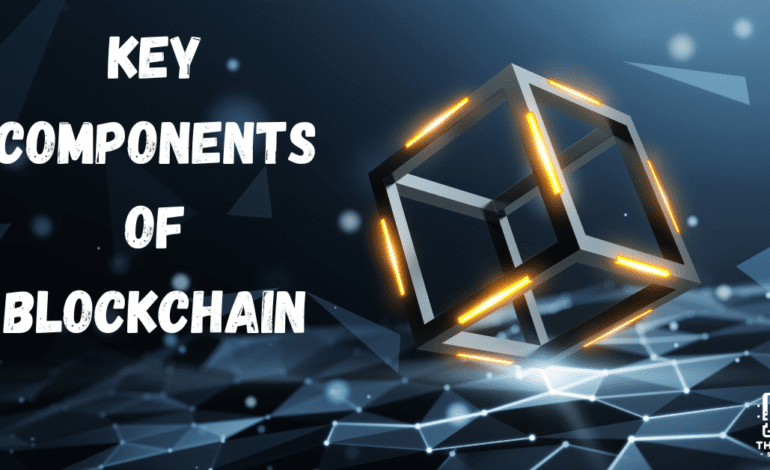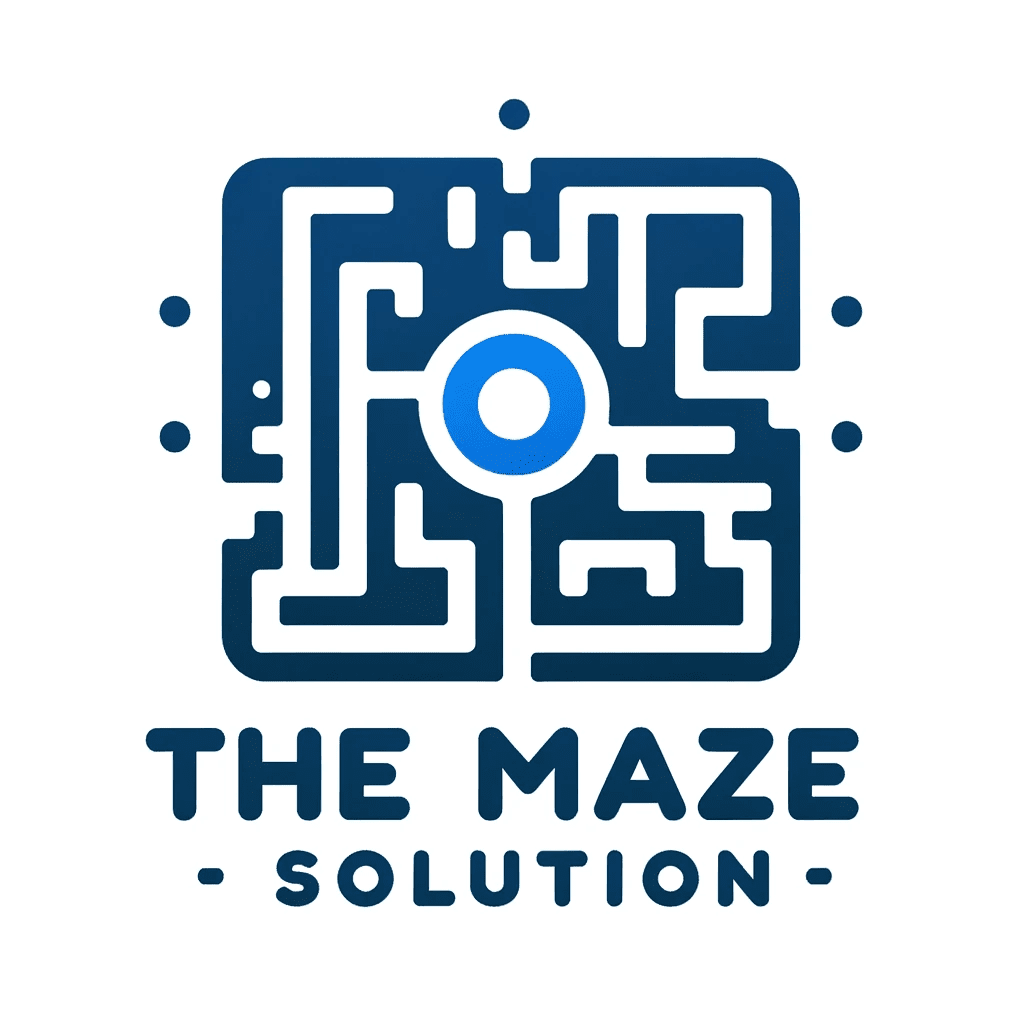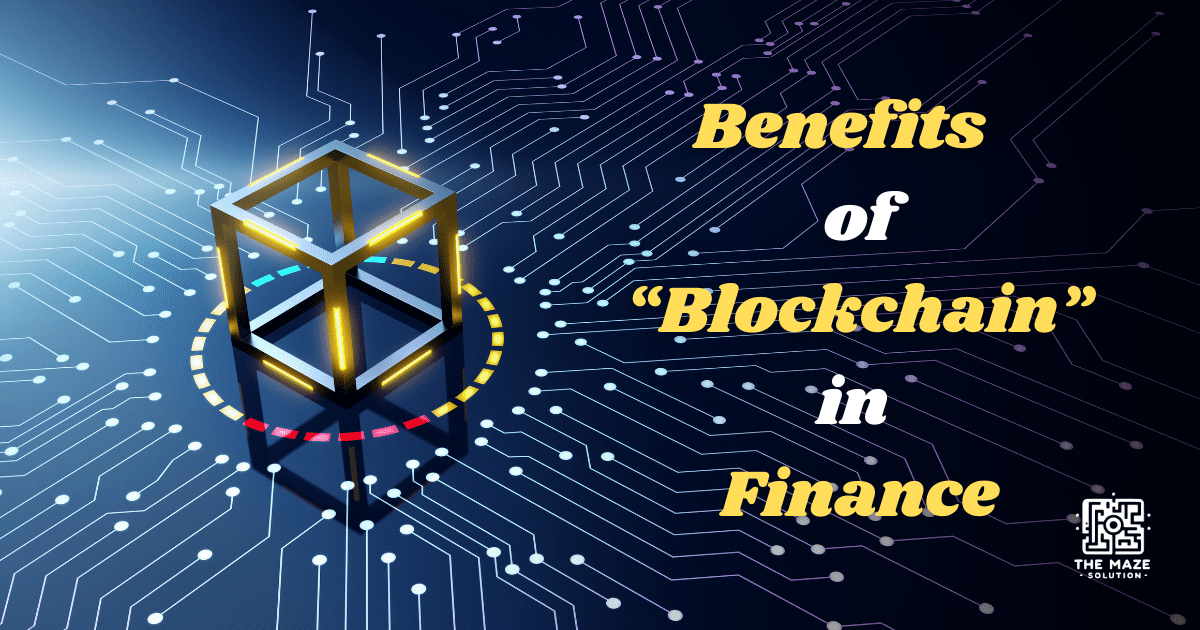What Are the Key Components of Blockchain? A Deep Dive

Blockchain technology has rapidly become a buzzword, captivating the attention of cryptocurrency enthusiasts, web developers, and tech students alike. But what makes this technology tick? In this blog post, we will take a deep dive into the key components of blockchain, breaking down each element to better understand how they work together to create a secure, decentralized digital ledger.
What You Need to Know About Blockchain Technology

Blockchain technology is the backbone of cryptocurrencies like Bitcoin and Ethereum, but its applications extend far beyond digital currencies. At its core, a blockchain is a decentralized and immutable ledger that records transactions across multiple computers. Understanding its components is crucial for anyone interested in web 3, blockchain development, or cryptocurrency applications. In this post, we will explore the essential elements that make up a blockchain and how they contribute to its overall functionality and security.
Understanding Components of Blockchain
Before we get into the nitty-gritty details, let’s define what we mean by “blockchain components.” These are the fundamental building blocks that make up the entire blockchain network. Each component plays a vital role in the technology’s functionality, from ensuring data integrity to facilitating secure transactions. By understanding these components, you’ll gain a clearer picture of how blockchain technology operates as a whole.
Definition of Blockchain Components
Blockchain components are the essential elements that collectively enable the functioning of a blockchain. These components work together to create a decentralized, transparent, and secure system for recording and verifying transactions. Without these components, the blockchain network would not be able to achieve its core features, such as immutability, decentralization, and trustlessness.
The Role of Blockchain Components
Each component in a blockchain network has a specific role to play, contributing to the overall effectiveness and security of the system. Here’s a detailed look at some of the primary roles:
- Data Integrity: One of the critical features of blockchain technology is data integrity. This means that once data is recorded in a block, it cannot be altered or tampered with. Blockchain components such as cryptographic hashing and digital signatures ensure that the data remains consistent and unaltered.
- Secure Transactions: Blockchain facilitates secure transactions by using cryptographic techniques. Each transaction is encrypted and linked to the previous transaction, forming a chain of blocks. Components such as public and private keys, along with consensus mechanisms, ensure that transactions are both secure and verified by the network participants.
- Decentralization: Unlike traditional centralized systems, blockchain operates on a decentralized network of nodes. These nodes are distributed across different locations and participate in the validation and recording of transactions. This decentralization ensures that no single entity has control over the entire blockchain, enhancing its security and resilience.
- Transparency and Immutability: Blockchain components ensure that all transactions are transparent and can be verified by anyone with access to the blockchain. Once a transaction is recorded, it is immutable, meaning it cannot be changed or deleted. This transparency and immutability build trust among participants and reduce the risk of fraud.
Key Blockchain Components
To further understand how these roles are fulfilled, let’s delve into the primary components of a blockchain:
- Blocks: The basic unit of the blockchain, containing a set of transactions. Each block consists of a header and a body. The header includes metadata like the previous block’s hash, a timestamp, and a nonce, while the body contains the actual transactions.
- Nodes: The computers or devices that participate in the blockchain network. Nodes validate and relay transactions and blocks, maintaining the integrity of the blockchain. There are different types of nodes, such as full nodes, light nodes, and mining nodes, each serving different functions.
- Ledger: The distributed database that records all transactions across the blockchain network. This ledger is shared among all nodes, ensuring that everyone has a consistent view of the blockchain’s state.
- Consensus Mechanism: The protocol that ensures all nodes agree on the validity of transactions and the state of the blockchain. Common consensus mechanisms include Proof of Work (PoW), Proof of Stake (PoS), and Delegated Proof of Stake (DPoS).
- Smart Contracts: Self-executing contracts with the terms of the agreement directly written into code. They automatically enforce and execute the terms when predetermined conditions are met, eliminating the need for intermediaries.
- Cryptographic Keys: Used to secure transactions and control access to the blockchain. Public keys are used to create addresses, while private keys are used to sign transactions, ensuring they are authentic and authorized.
- Digital Signatures: Cryptographic signatures that provide proof of the authenticity and integrity of transactions. They ensure that transactions have not been tampered with and are indeed from the stated sender.
What Does the Block in the Blockchain Consist Of?
The Anatomy of a Block
A blockchain is essentially a chain of blocks, each containing specific pieces of information. Let’s break down the main components of a block:
- Header: The header contains metadata such as the previous block hash, timestamp, and nonce. This information helps link the current block to the previous one, ensuring the chain’s integrity.
- Data: This is where the actual transactions are stored. In a cryptocurrency blockchain, this would include transaction details like sender, receiver, and amount.
- Hash: The hash acts as a unique identifier for the block. It ensures that the block’s content remains unchanged, providing an added layer of security.
Understanding these elements is crucial for grasping how data is securely stored and linked in a blockchain.
What are the three primary components in a Blockchain ?
Nodes
Nodes are the computers that participate in the blockchain network. They play a critical role in maintaining the network’s integrity and security.
- Full Nodes: These nodes store a complete copy of the blockchain and validate transactions.
- Light Nodes: These nodes store only a portion of the blockchain, relying on full nodes for transaction validation.
- Mining Nodes: These nodes perform the computational work required to validate and add new blocks to the blockchain.
Ledger
The ledger is the record of all transactions within the blockchain. It’s what makes the blockchain a decentralized and immutable record-keeping system.
- Public Ledger: Accessible to anyone, providing full transparency.
- Private Ledger: Restricted access, used by organizations for internal purposes.
Consensus Mechanism
The consensus mechanism is the process by which nodes agree on the validity of transactions and blocks. It ensures that the blockchain remains trustworthy and secure.
- Proof of Work (PoW): Requires nodes (miners) to solve complex mathematical problems to validate transactions.
- Proof of Stake (PoS): Validators are chosen based on the number of coins they hold and are willing to “stake” as collateral.
- Delegated Proof of Stake (DPoS): Users vote for delegates who then validate transactions on their behalf.
Nodes: The Backbone of Blockchain
Nodes are the backbone of any blockchain network. They maintain the network’s decentralization and security by storing copies of the blockchain and validating transactions.
Types of Nodes
- Full Nodes: Store the entire blockchain and validate transactions, making them crucial for network security.
- Light Nodes: Store only a part of the blockchain, relying on full nodes for validation, making them less resource-intensive.
- Mining Nodes: Perform the computational work required for transaction validation and block creation, earning rewards in return.
Nodes ensure that the blockchain remains decentralized, secure, and functional.
The Ledger: The Heart of Blockchain
The ledger is one of the most crucial components of a blockchain. It serves as the permanent record of all transactions and is what makes the blockchain an immutable and transparent record-keeping system.
Public vs. Private Ledger
- Public Ledger: Anyone can view the transactions, providing full transparency and trust.
- Private Ledger: Access is restricted, often used by organizations for internal purposes, balancing transparency with confidentiality.
The ledger’s immutable and transparent nature is what makes blockchain technology so revolutionary.
Consensus Mechanism: Ensuring Agreement in Blockchain
The consensus mechanism is the backbone of trust in a blockchain network. It ensures that all nodes agree on the validity of transactions and blocks, maintaining the integrity of the blockchain.
Types of Consensus Mechanisms
- Proof of Work (PoW): Requires nodes to solve complex mathematical problems, ensuring security but consuming significant energy.
- Proof of Stake (PoS): Validators are chosen based on the amount of cryptocurrency they hold, making it more energy-efficient than PoW.
- Delegated Proof of Stake (DPoS): Users vote for delegates who validate transactions on their behalf, combining efficiency with decentralization.
These mechanisms ensure that the blockchain remains secure, trustworthy, and decentralized.
Additional Blockchain Components
In addition to the primary components, several other elements play a crucial role in blockchain functionality.
Smart Contracts
Smart contracts are self-executing contracts with the terms directly written into code. They automatically execute and enforce the contract’s terms when predefined conditions are met, eliminating the need for intermediaries.
Cryptographic Keys
Cryptographic keys ensure secure and verifiable transactions. They consist of a public key, which is shared with others, and a private key, which remains confidential. Together, they enable secure data encryption and decryption.
Digital Signatures
Digital signatures provide authenticity and integrity to transactions. They verify the sender’s identity and ensure that the transaction data has not been tampered with.
The Interplay Between Blockchain Components
The various components of a blockchain work together seamlessly to ensure its functionality and security. Nodes validate transactions, the ledger records them, and the consensus mechanism ensures agreement among nodes.
Importance of Each Component
Each component plays a vital role in maintaining the blockchain’s functionality and security. Nodes ensure decentralization, the ledger provides transparency, and the consensus mechanism maintains trust.
Understanding how these components interact is crucial for anyone looking to explore or develop blockchain technology.
Real-World Applications of Blockchain Components
Blockchain technology has a wide range of real-world applications, from finance to healthcare and supply chain management.
Examples in Various Industries
- Finance: Blockchain technology enables secure and transparent financial transactions, reducing the risk of fraud and improving efficiency.
- Healthcare: Blockchain can securely store and share patient records, ensuring data integrity and privacy.
- Supply Chain Management: Blockchain provides transparency and traceability, enhancing the efficiency and reliability of supply chains.
These examples highlight the potential of blockchain technology to revolutionize various industries.
Conclusion
Understanding the key components of a blockchain is crucial for anyone interested in this revolutionary technology. From nodes and ledgers to consensus mechanisms and smart contracts, each element plays a vital role in maintaining the blockchain’s functionality and security.
By exploring these components, web developers, cryptocurrency enthusiasts, and tech students can gain valuable insights into how blockchain technology operates and its potential applications.
For those looking to stay ahead in the world of blockchain, subscribing to our blog and sharing it with others interested in this technology is a valuable step. Stay tuned for more in-depth articles on blockchain technology and its applications.





